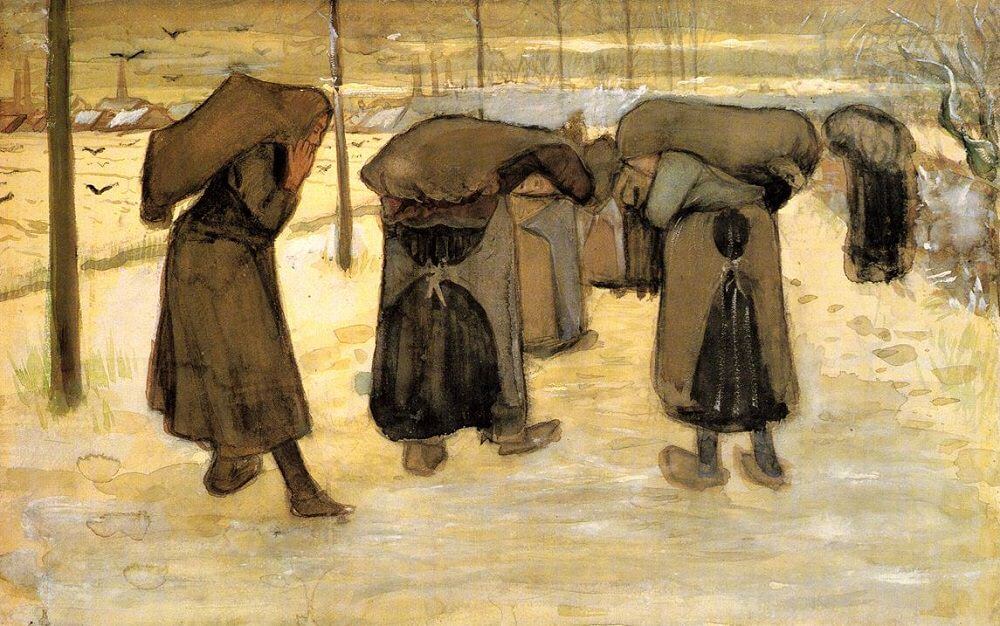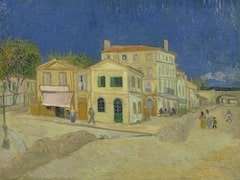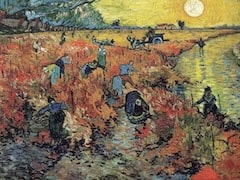Miners' Wives Carrying Sacks of Coal, 1882 by Vincent Van Gogh

The nineteenth century was a period of enormous change, in great part sparked by the Industrial Revolution that affected technological advances, the socio-economic climate throughout Europe and cultural stabilities. When Van
Gogh moved to The Hague in I 882 the city was experiencing massive growth in industry, and the population had increased dramatically as peasants and labourers from the surrounding countryside were drawn to the town with hopes
of improved wages. Two of the most prevalent industries were mining and textiles, both of which provided Van Gogh with subject matter for his paintings.
The artist felt a deep sympathy and connection with the people who struggled daily in their manual jobs, and saw them as honest in their labours. The women here who struggle under their heavy sacks have no identity, and
Van Gogh has turned them into symbols of their class. The sacks and the figures are almost indistinguishable from each other, and with the procession of women disappearing away into the distance there is a tangible sense of
infinity with no chance of change for their lives.




















